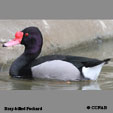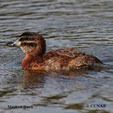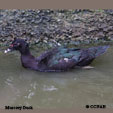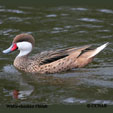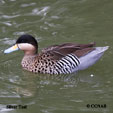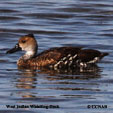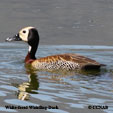Field Guide for all the Birds of North America
Mexican Ducks
Canards mexicains
Anatidae
Information, images and range maps on over 1,000 birds of North America, including sub-species, vagrants, introduced birds and possibilities
North American Bird Search Box
There have been approximately a half dozen non-native ducks from Mexico, Central and South America, along with the Caribbean Islands, that have been reported seen on the North American continent. Along with these non-native ducks, there are also other ducks from the southern countries that have been seen, but they may have escaped captivity from wildlife centres or private breeders.
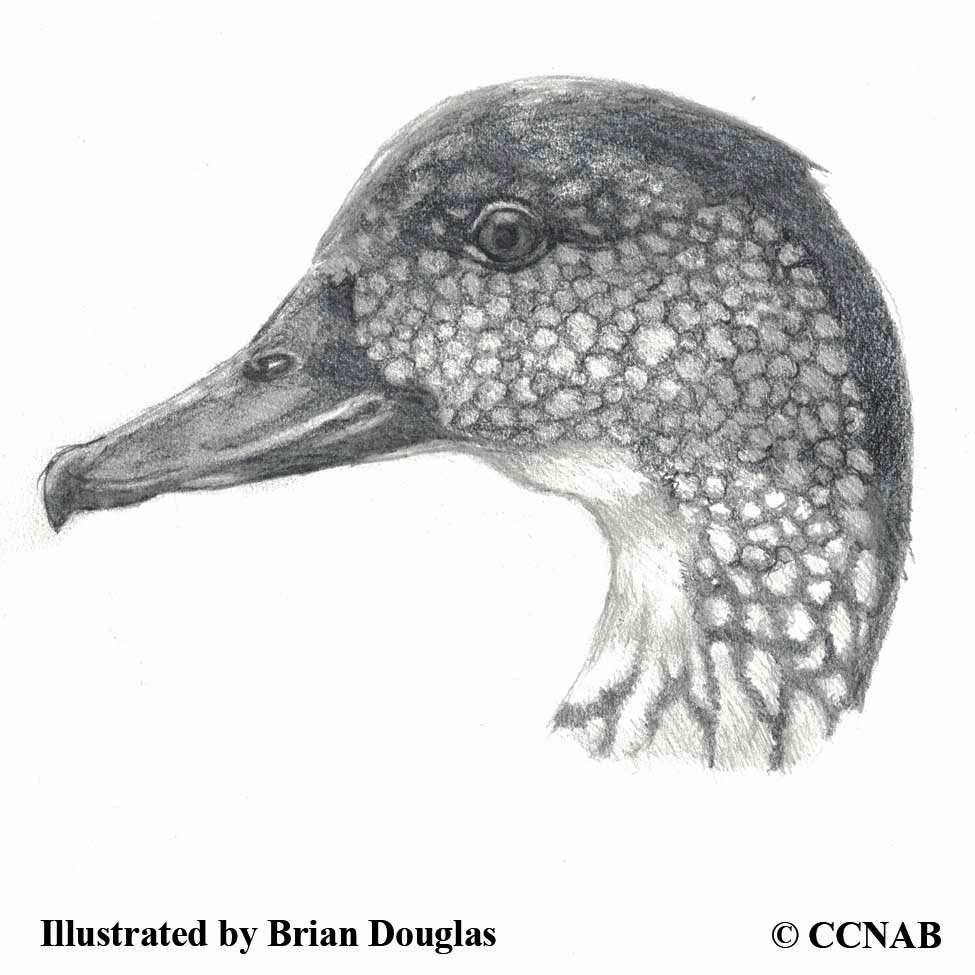
Among these different types, the birds can be grouped again into puddle, aka "dabbling" and diving ducks. The dabblers mostly feed in smaller bodies of shallow water or along shorelines, where they are able to tip their bodies forward to reach their food on the bottom. There are divers who feed in deeper water where they dive and pursue their quarry. Some of these birds, such as the Harlequin Duck, actually dive to the bottom of fast-flowing waters and feed on life forms attached to rocks.
Reference to Other Bird Site:
ABA - American Birding Association This site represents an organization that maintains official records of all birds species that have been proven to have been seen inside the perimeters of the North American Continent and the surrounding bodies of water. Regular revised versions are posted to keep the bird list current at all times. This is the list used by all serious birders over their lifetime. You may be aware of the movie called the "Big Year". It was with this list that all the competing birders used in an attempt to set a new record as to how many bird species that could be seen by an individual birder in one calendar year.
